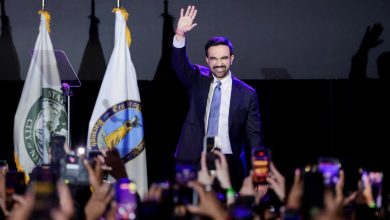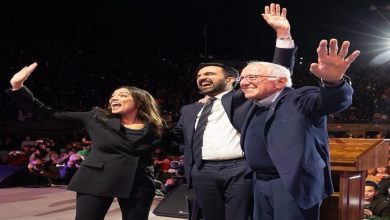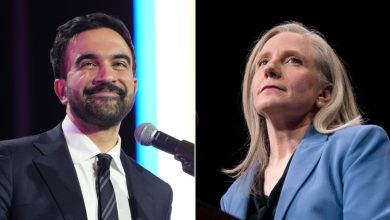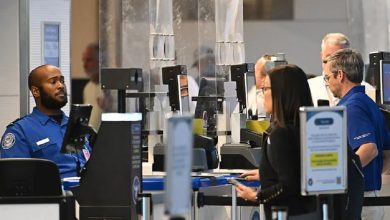America Under Trump’s Second Term: A Nation Divided but More Self-Aware
From economic anxiety to fears over democracy, Trump’s return to the White House in 2025 has reshaped the American voter’s mindset—driven now more by fear than hope.
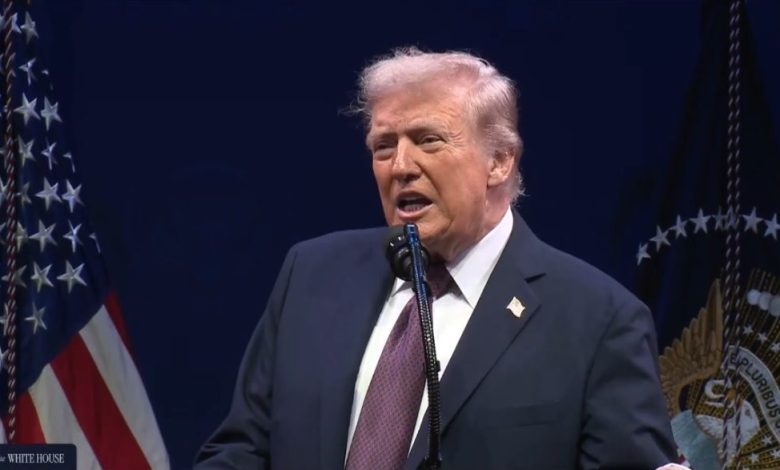
Since Donald Trump returned to the White House in early 2025, the United States has entered a new phase of political and social division—one that recalls the turbulence of his first term.
But what stands out today is not only the bold policies or the controversial decisions—it’s the silent transformation in the American voter’s consciousness, now marked by greater anxiety, uncertainty, and a tendency to vote out of fear rather than hope.
Amid declining trust in institutions, a volatile economy, and a growing sense that the nation is standing on the edge of an unprecedented political experiment, a new electoral map is emerging—unlike anything America has seen in the past two decades.
A Deeper, Yet More Mature Division
The United States remains trapped in a state of intense polarization that began with the 2016 election. Yet, this time, the divide appears more self-aware.
Republican voters know exactly what they stand for, seeing Trump as a leader fighting a “corrupt establishment” in Washington. Democrats, meanwhile, view his continued presence in power as a direct threat to American democracy.
Independents—the usual tiebreakers—seem weary of political noise, focusing more on daily struggles such as inflation, education, and healthcare.
Recent polls show a significant share of independents expressing disappointment with both parties, saying that “politics is no longer a tool for improving life, but a battlefield for personal vendettas.” This frustrated group could become the decisive force in the 2026 midterm elections.

Economy First—Then Emotion
When Americans talk about priorities today, cost of living tops the list. Prices have surged, rents have reached record highs, and class inequality has widened more than at any point since the 1990s.
Trump’s second administration has focused on tax cuts and deregulation, but these measures haven’t translated into relief for the middle class, which feels that “prosperity never reaches their pockets.”
Here lies the eternal American paradox: a voter may complain about high prices yet still back Trump for his perceived strength on the economy, while another votes against him fearing his unpredictability.
The economy has become less about numbers and more about emotions—with “economic sentiment” now driving the vote more than actual indicators.
Minorities: Declining Trust, Not Loyalty
The political conversation around minorities has changed drastically. Latinos, once seen as a Democratic stronghold, have become more politically diverse. Some are drawn to Trump’s rhetoric on jobs, borders, and safety, while others are disappointed by the Democrats’ slow pace on improving living conditions.
African Americans remain largely aligned with Democrats, but turnout has declined in several states, reflecting frustration over the lack of visible progress in social justice reforms.
Meanwhile, the Arab and Muslim vote, growing demographically in states like Michigan and Illinois, remains cautious—seeing elections as a tool to protect rights and freedoms, not a question of party loyalty.
Women and the Suburbs: The Balancing Force
Since 2018, suburban women have become a delicate balancing force in American politics.
In recent years, they have leaned Democratic, driven by issues like abortion rights, education, and healthcare. Yet as the economy worsens, some are re-evaluating priorities through the lens of family stability rather than ideology.
This group—often rejecting harsh rhetoric but favoring practical solutions—could determine outcomes in swing states such as Pennsylvania, Michigan, and Arizona.
Fear for Democracy: A New Political Language
For the first time in decades, polls show “defending democracy” as one of the top electoral concerns.
Many Americans feel that the political system has grown fragile, with weakened checks and balances and increasing executive overreach.
Scholars and journalists warn that the concentration of power in the presidency, coupled with a passive legislature, could lead to the erosion of the very democratic model the U.S. once championed globally.
Yet these fears don’t unite voters—they deepen the divide. Trump’s supporters dismiss such warnings as “exaggerated panic,” while his opponents see them as a final alarm before democracy collapses.
Media and Social Platforms: The Invisible Battlefield
Elections are no longer fought only in debates and rallies—but in the digital arena. Conservative media amplify the “national restoration” narrative, while liberal outlets frame the struggle as one of “saving democracy.”
But many young voters have grown disillusioned with both voices, seeking independent sources—blogs, influencers, and even AI-curated news summaries.
This shift in information habits has weakened traditional campaign influence, giving independent voices unprecedented power to shape public opinion.
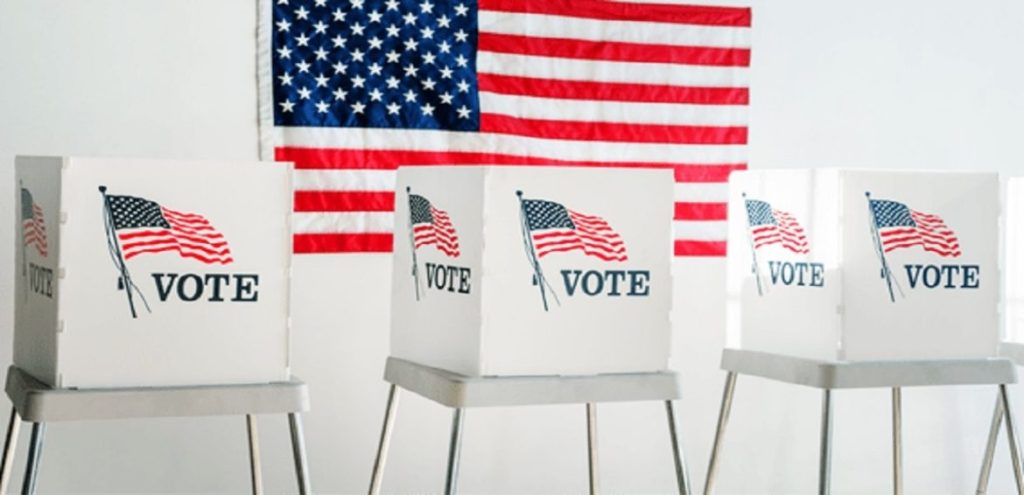
America Between the Mirror and the Shadow
At its core, America is torn between two reflections: The image of “the America that was”—strong, united, dream-driven—
and “the America that is”—anxious, exhausted, and internally fractured.
Today’s voter doesn’t vote for a party as much as for an identity: Who am I? What am I afraid of losing?
These seemingly simple questions may ultimately decide the fate of the world’s oldest democracy.
The Road to 2026: A Battle of Awareness Before the Ballot
As the 2026 midterm elections approach, America faces a profound test of collective memory.
Will the economy triumph over political fear? Or will Americans vote to preserve democracy itself?
One thing is certain: the divide isn’t disappearing soon. Yet, American democracy—fragile as it may seem—still possesses a remarkable capacity for renewal. Every crisis in its history has also been a moment of rebirth.
In the end, U.S. elections remain a mirror of a nation searching for balance, and of a voter caught between the anxiety of the present and nostalgia for the past.
Americans may disagree on everything—but silently, they share one belief: the future is unwritten, and the final word will always belong to the people.
